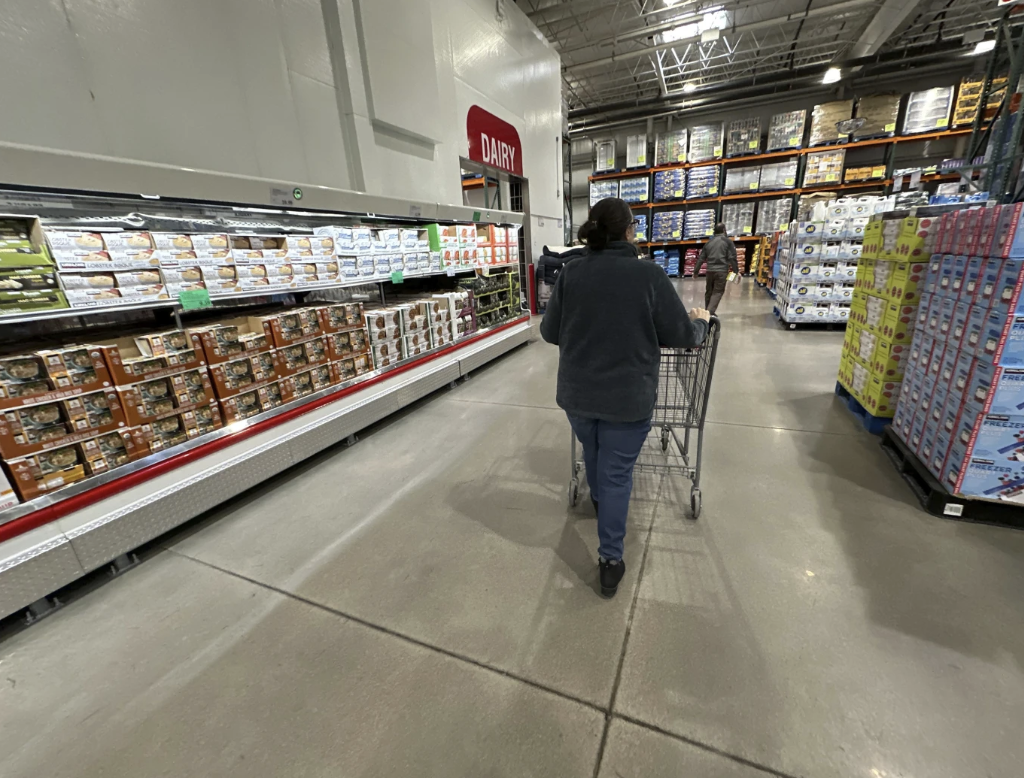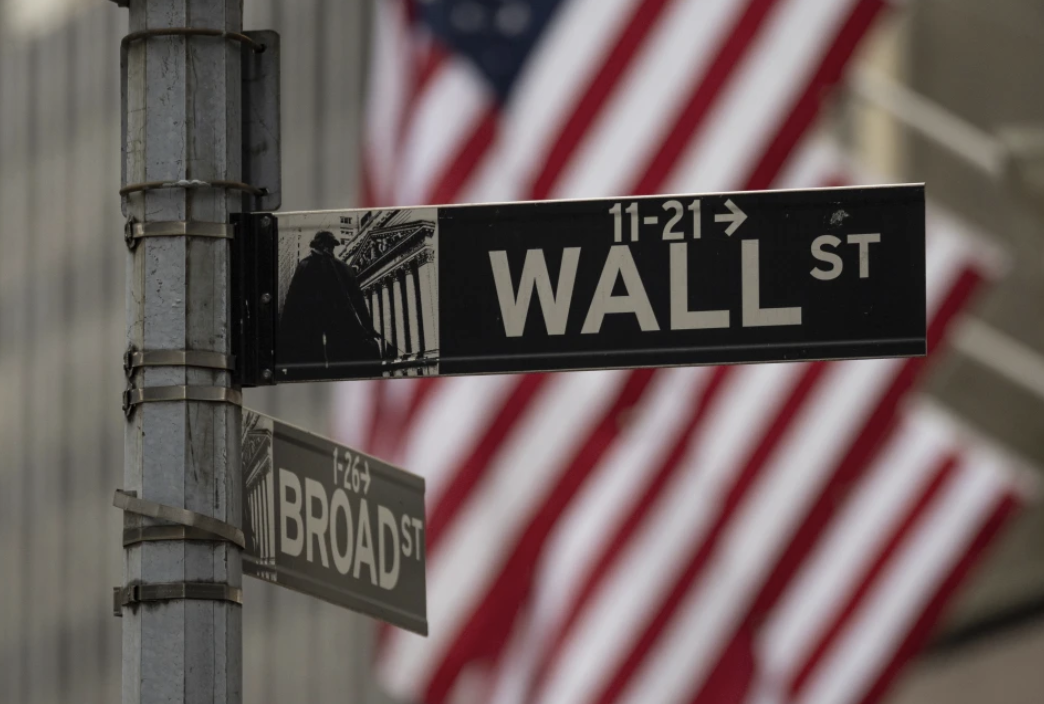The British high street faced a tough June 2025, with shoppers tightening their belts and shifting to online platforms, driven by economic uncertainty and a summer heatwave. Data from BDO’s High Street Sales Tracker paints a grim picture: in-store sales crept up by a mere 0.6% year-on-year, while online sales surged by 4.3%. This marks the sixth straight month that physical retail growth has lagged behind inflation, signaling a deeper decline in real sales volumes. Let’s dig into the numbers, trends, and what’s driving this shift, with a sharp focus on the analytics behind the high street’s struggle.
Economic Jitters Keep Wallets Closed
Rising job losses and geopolitical volatility have left UK consumers on edge. The Confederation of British Industry (CBI) reports that overall retail sales volumes have dropped for nine consecutive months, a streak not seen since the post-2008 recovery. In June, 47% of retailers surveyed by the CBI noted a decline in sales compared to the previous year, while only 12% reported growth. This imbalance reflects a broader trend: consumer confidence is shaky, with 62% of households citing job security concerns as a reason for cutting discretionary spending, according to a YouGov poll from June 2025.
The numbers tell a stark story. High street footfall dropped by 3.8% year-on-year, per the British Retail Consortium, with shopping centers hit hardest at a 5.1% decline. Meanwhile, retail parks saw a modest 1.2% uptick, likely due to their convenience for car-based shoppers. The data suggests urban high streets are losing ground to out-of-town destinations and, more critically, to e-commerce. With inflation hovering at 3.4% (ONS, May 2025), real wages are barely keeping pace, squeezing budgets and pushing shoppers to prioritize essentials over impulse buys.
Fashion Sector Feels the Heat
The fashion retail segment is a case study in the high street’s woes. In-store fashion sales fell by 0.2% in June, while online fashion purchases soared by 10%, per BDO. This 10.2 percentage point gap is the widest since the pandemic-era lockdowns, highlighting a structural shift in how Brits shop for clothes. Fast-fashion giants like New Look and River Island are reeling, with the latter closing its Banbury store on June 28 and reporting a £32.2 million loss in 2023. Across the sector, 1,200 fashion retail jobs were cut in Q2 2025, according to Retail Gazette, as chains grapple with rising costs and declining foot traffic.
Analytics reveal a nuanced picture. Online fashion sales are driven by younger demographics—68% of 18-34-year-olds made at least one clothing purchase online in June, compared to 41% in physical stores (Statista). Social media platforms like TikTok and Instagram are fueling this trend, with 29% of Gen Z shoppers citing influencer-driven purchases. In contrast, high street fashion outlets are struggling to compete on price and convenience. Delivery times for online orders now average 2.3 days, while 73% of e-commerce platforms offer free returns, per Shopify data. Physical stores, burdened by rent and staffing costs, can’t match this flexibility.
Heatwave Boosts Online Convenience
June’s unusually warm weather—average temperatures hit 22°C, 3°C above the seasonal norm (Met Office)—pushed shoppers away from crowded high streets and toward air-conditioned homes. Online sales across all retail categories grew by 4.3%, with electronics (up 7.1%) and homeware (up 5.8%) seeing strong gains. The heatwave effect was most pronounced in urban areas, where footfall in London’s Oxford Street plummeted by 6.4% compared to June 2024. Suburban and rural high streets fared slightly better, with a 2.9% drop.
The data points to a behavioral shift. During heatwaves, 54% of consumers prefer shopping from their phones or laptops, according to a 2025 Kantar survey, with 37% citing “avoiding physical discomfort” as a key factor. This trend compounds the high street’s challenges, as retailers invest heavily in summer promotions—think 30-50% off sales—that fail to draw crowds. Online platforms, by contrast, leverage dynamic pricing algorithms, with 82% of major e-commerce sites adjusting discounts in real-time based on demand, per Adobe Analytics. This agility gives them an edge over brick-and-mortar stores locked into static pricing.
Bright Spots Amid the Gloom
Not every high street is struggling. Stamford, a Lincolnshire market town, defies the national trend with 170 thriving independent shops and zero vacant storefronts, per the Express. Its success lies in small-scale landlords who prioritize local businesses over chain stores, with average retail rents 22% below the national average (£18.50 vs. £23.70 per square foot). Stamford’s footfall rose by 2.7% in June, bucking the 3.8% national decline, thanks to its appeal as a tourist-friendly destination with 600 listed buildings.
Data also highlights resilience in specific sectors. Food and beverage outlets, like cafes and restaurants, saw a 1.9% sales increase on high streets, driven by social dining trends. Convenience stores and pharmacies held steady, with 0.8% growth, as they cater to essential needs. These pockets of strength suggest that high streets can adapt by focusing on experiential and necessity-driven offerings, though scaling this model nationwide is a tall order.
The Road Ahead for Retail
The high street’s June slump is part of a broader structural shift. Last year, 13,500 shops closed across the UK, including 7,800 independents, per the Express. Rising National Insurance Contributions (from 13.8% to 15% in April 2025) and a lowered threshold (£5,000 vs. £9,100) have hit retailers hard, with 64% of small businesses citing tax burdens as a top concern (Federation of Small Businesses). Meanwhile, e-commerce’s share of retail spending climbed to 28.4% in Q2 2025, up from 26.1% in 2024 (ONS).
Analytics suggest the high street’s future hinges on adaptation. Hybrid models—think click-and-collect or in-store digital kiosks—could bridge the gap, but only 19% of high street retailers have invested in such tech, per Retail Week. Cyberattacks, like the £300 million Marks & Spencer breach in April 2025, also underscore the need for robust digital infrastructure. For now, the data is clear: without bold innovation, the high street risks becoming a relic as shoppers vote with their clicks.

